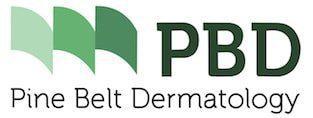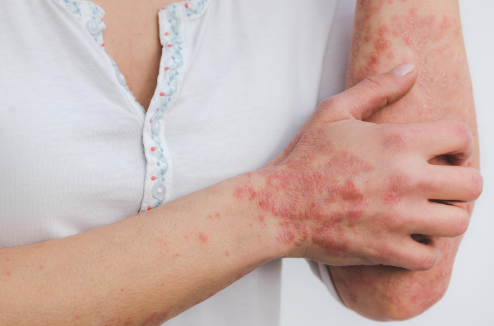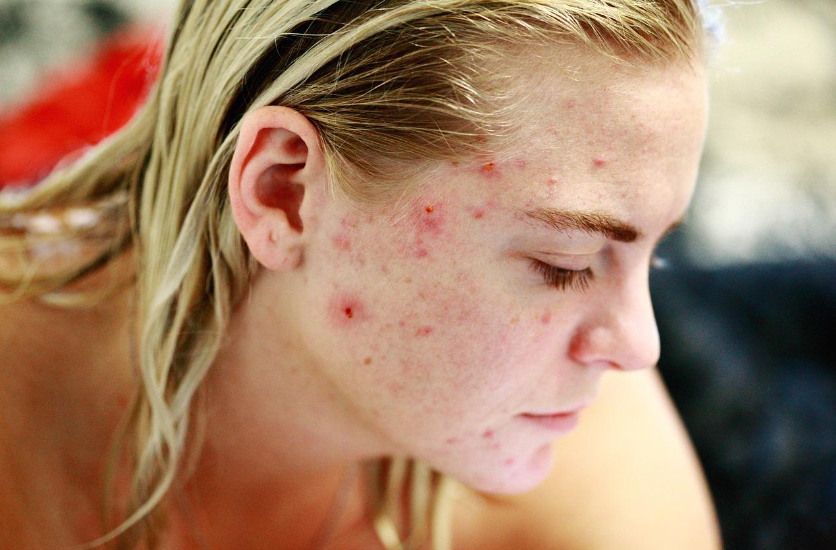Mohs Surgery- Purpose, Procedure & Recovery
Mohs Surgery- Purpose, Procedure & Recovery
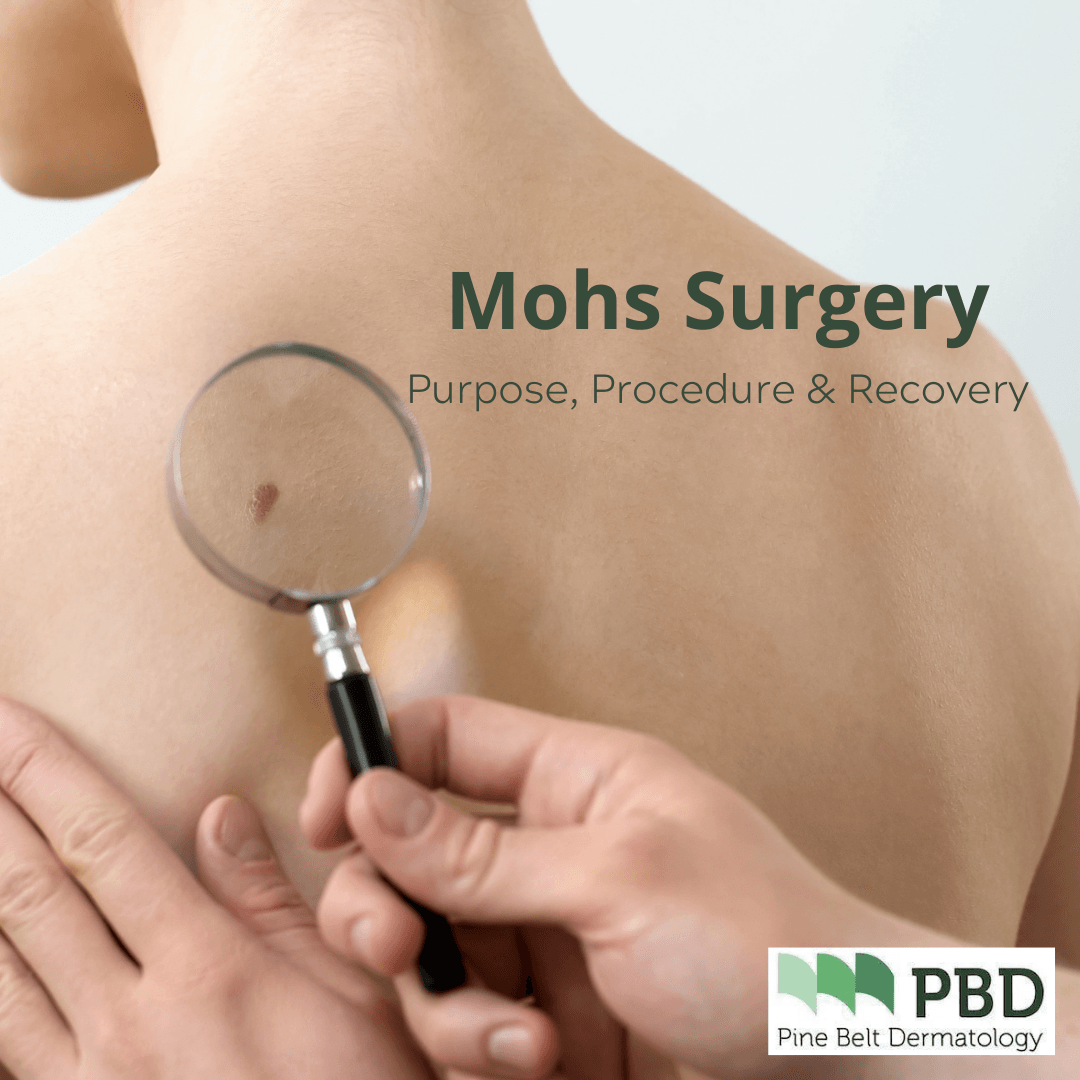
Mohs surgery, also termed Mohs micrographic surgery, is an accurate surgical procedure for skin cancer treatment. It involves a layer-by-layer excision of skin affected by cancer cells. The repeated excision of tissues continues until healthy and cancer-free cells are found. The procedure targets only the cancer tissues, ensuring that the adjacent healthy tissues and vital organs are secure.
The Mohs technique retains the highest volume of healthy skin compared to any other skin cancer treatment. It also promises the highest success rates in skin cancer treatments. The surgery is named after Dr. Frederick Mohs, who developed the procedure. This article explains the most critical aspects of the Mohs surgery procedure and the recovery process to guide and empower patients considering this treatment option.
What is Mohs Surgery?
Mohs Surgery is a minimally invasive surgical treatment modality for skin cancer. It is effective in eliminating both primary and rare skin cancers by excising the cancer tissues. They are simultaneously examined under the microscope until they confirm a cancer-free tissue.
It is a unique technique as it helps the surgeon rule out any cancer cells during the surgery. It may not be practical in other forms of cancer. Moreover, the procedure targets only the cancer cells ensuring that the adjacent vital organs are intact.
Why Is Mohs Surgery Preferred for Skin Cancer?
Mohs surgery is the most effective treatment of choice for skin cancer. It has the highest cure rates of around 98–99% and offers the best cure for basal and squamous cell carcinomas compared to conventional treatments. It is implemented in melanoma and other skin cancer as well. One of its best features is that it excises only the affected tissue, securing the adjacent healthy tissues.
Other treatments may remove or injure the adjacent healthy skin tissue. Furthermore, there can be a relapse or re-growth of the tumor. Additionally, it examines the cells microscopically and eliminates the cancer cells from the grass-root level.
The surgical incision is minimal, which helps limit the scarring and thus takes care of aesthetics. Furthermore, this surgery requires only a single session. In contrast, other procedures resort to multiple surgeries to cure cancer, if not eliminated in the initial surgery itself.
Who Are the Potential Candidates for Mohs Surgery?
Mohs surgery is the treatment of choice for basal cell and squamous cell carcinomas. They are the most common skin cancer. Nonetheless, it is indicated for melanoma and other skin cancers as well. However, Mohs surgery is recommended for those cancer sites which are aesthetically crucial due to its minimal incision.
Mohs surgery is performed for those individuals diagnosed with skin cancers with the following features:
● Aggressive skin cancers
● Adjacent to aesthetically and vital areas -eyelids, ears, lips, nose, and likewise
● High risk of relapse or recurrence
● Skin cancer that has recurred
● Cancer is located mainly in the head and neck region, genitals, feet, hands, and likewise
● Large or aggressive cancer
● Size around 2 cm and beyond
● Cancer with undefined borders
● If previous cancer treatments have failed
Preparation for the Surgery or the Preoperative Phase
The preparation for the surgery involves your physical examination, medical history, and details of any ongoing medications. You can openly discuss your expectations, risks, and post-operative results with your surgeon. However, you may need to take specific necessary measures to avoid complications during and after surgery. The preoperative preparation includes:
Cessation of Certain Medications
You may have to discontinue anticoagulant or blood-thinning medicines. It includes aspirin, warfarin, etcetera. It may cause profuse bleeding during and after surgery.
Cessation of Alcohol and Smoking
Refrain from alcohol, smoking, or other tobacco products two weeks before and after surgery. They are likely to increase the chances of bleeding. Moreover, alcohol and tobacco delay healing significantly.
The Procedure for Mohs Surgery
Mohs surgery is an outpatient surgery. That means you don’t need a hospital stay after the procedure. You are free to return home within a few hours of surgery. The duration of the surgery depends on the extent to which the cancer cells are eliminated. However, each phase of the procedure may take around one hour. It involves the excision of the skin layer, the preparation of the tissue, and then examination under a microscope. It takes a minimum of 2 rounds usually. Nonetheless, it may take more depending on the size of the tumor. More extensive or deep tumors take more time.
The surgery begins with the surgeon outlining and cleaning the surgical site. Then, administration of local anesthesia numbs the area where the surgery is performed. It ensures that you are free of any discomfort or uneasiness during the procedure. However, you will remain awake throughout.
Your surgeon accesses the cancer site and excises the cancer growth and an adjacent tissue layer.
The tissue is examined under the microscope for cancer cells. If there are any cancer cells in the tissue, another layer of tissue will be removed and inspected. This process continues until a layer with no cancer cells is found. Once the surgery is completed, a pressure dressing is applied to the wound between the layers. The wound is sutured usually with an absorbable suture. A skin flap or skin graft may be used in the case of more extensive wounds.
Results and Recovery
The results of the Mohs surgery will be visible immediately after the surgery. You may encounter mild pain and swelling after the surgery. However, it is normal and regresses within a day or two. Complete recovery usually takes 2–3 weeks. Certain factors like smoking and diabetes may delay healing. It also depends on your wound care and how well you follow post-operative guidelines.
Post Operative Care
Post-operative guidelines will be prescribed post-surgery. It may be different for every individual. Nonetheless, strict and non-negotiable adherence to wound care is necessary. It ensures a smooth and speedy recovery. Moreover, it also determines the aesthetic and therapeutic outcome of Mohs surgery. Here are a few of the general wound care guidelines.
● The pressure dressing is administered to help close the wound better is to be retained for 24 hours or as advised by your surgeon.
● Use the prescribed antibiotic solution or topical applicant as advised.
● Avoid sun exposure to prevent pigmentation or scarring.
● Avoid cosmetics or any chemicals on the surgical site until complete recovery.
● Silicone gel may be advised post suture removal. It limits the scar tissue growth largely.
● Administration of painkillers and antibiotics to ease pain and expedite healing.
● Avoid strenuous activities and workouts until recovery or consent from your doctor. It reduces the risk of post-operative infection or bleeding.
● Restriction on mobility depends on the size and location of the wound.
● Clean the wound gently as instructed.
● A healthy, nutritious, and well-balanced diet.
● Follow up visits accordingly to assess and ensure a smooth and steady recovery.
Are There Any Possible Risks of Mohs Surgery?
Mohs surgery is a minimally invasive, safe, and effective surgical approach for skin cancer. Nonetheless, every surgery has its risks. However, such possibilities are limited if performed by an experienced and qualified dermatologist. The risks include:
● Bleeding
● Discoloration of the overlying skin
● Pain
● Swelling
● Scarring
● Nerve injury
● Relapse of cancer
● Further additional surgery
Conclusion
Mohs surgery is one of the least invasive surgical procedures to treat skin cancer and is therefore a preferred choice of treatment for various types of skin cancer. It ensures the removal of the cancer tissues and retains healthy tissues. The procedure imparts immediate results after the surgery. Mohs skin cancer surgery has the best cure rates with aesthetic results owing to several factors. The success of the surgery largely depends on the dermatologist’s expertise and your strict adherence to the post-operative wound care guidelines.
The recovery process is smooth and safe. However, it is different for every individual as it depends on various factors like the size and severity of the cancer and the number of layers eliminated. Moreover, your age, medical history, or associated diseases may influence the recovery phase. Your overall health and post-operative care adherence also play vital roles in the healing process.
Are You Apprehensive about the Treatment of Skin Cancer?
If you have any questions about skin cancer or Mohs surgery, you can reach out to Pine Belt Dermatology. We have a team of experienced and qualified dermatologists trained in Mohs surgery and other treatments. We will walk you through every phase of Mohs surgery with ease. Our excellence in treating ailments of the skin with state-of-the-art infrastructure combined with our expertise ensures the best experience across every stage of treatment. You can rest assured that the sophisticated technique creates inconspicuous scarring only. We assure utmost precision in post-operative results, while paying a lot of attention to your aesthetics.
Pine Belt Dermatology is committed to delivering superior treatment and patient care.
If you’d like to know more, feel free to reach out to us.
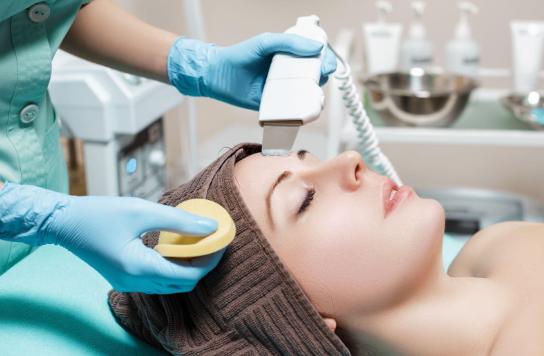


Petal Office
Phone:
Fax:
601-336-7826
Address:
Hours of Operation:
Mon-Fri: 8:00am to 4:30pm
Hattiesburg Office
Phone:
Fax:
601-475-9969
Address:
Hours of Operation:
Mon-Fri: 8:00am to 4:30pm
Ellisville Office
Biloxi Office
Phone:
Fax:
228-232-0874
Address:
1009 Tommy Munro Drive, Suite A
Hours of Operation:
Mon-Fri: 8:00am to 4:30pm
Ocean Springs Office
All Rights Reserved | Pine Belt Dermatology
